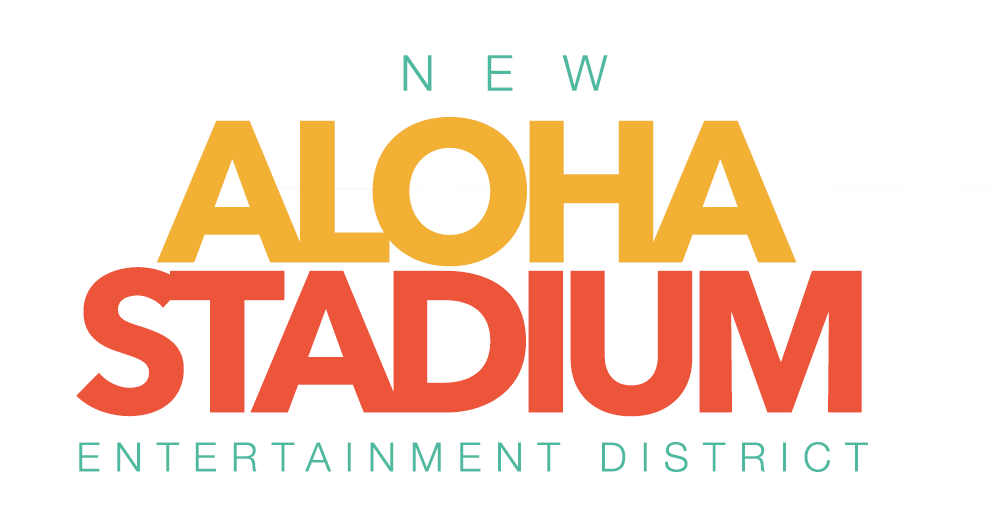Honolulu Star-Advertiser
Editorial | Our View
February 14, 2021
Updated 12:52 a.m.
The Aloha Stadium redevelopment effort, barely off the ground, already has reached a point at which officials confront a selection of bad options.
Does the state prop up the aging “rust palace” with money, yet again, to assess its structural safety for future University of Hawaii games and other events, and help pay its bills this fiscal year?
Should UH play its 2021 football season home games at Maui’s War Memorial Stadium, which could be for the next few years? Or does the fiscally struggling UH spend $6 million to adapt its Clarence T.C. Ching Field to Rainbow Warrior football use for those few years until a new Aloha Stadium is built in Halawa?
The latter choice appears to be the one that at least offers the opportunity for the investment of public funds that actually will improve a facility for fuller use for years ahead. Maui may require the least in upfront costs, but locating games away from Oahu for an extended period seems anything but ideal.
Least attractive is the prospect of pouring a proposed $1.5 million in emergency funds into operating a deteriorating stadium that, even with that money, won’t be ready to host games for the coming fall season.
The start of 2021 was always going to be a consequential time for the planners of what the state envisions as a New Aloha Stadium Entertainment District (NASED). This would develop over about 20 years into a complex of residential and commercial projects that would grow up around the centerpiece: a smaller, 35,000-seat stadium to replace the current facility designed to accommodate 50,000.
The state had intended to take the big leap into this project — but then a year ago, a global pandemic upended plans for all kinds of sports and entertainment gatherings that would have yielded revenue.
So now, in addition to finding a clearer direction for the NASED long-term redevelopment — a potentially rewarding public-private partnership — the Aloha Stadium Authority also must find its way out of an immediate budgetary crisis. The authority’s operation had been self-sustaining; this is the first year the agency has sought general funds to make ends meet.
Before any emergency appropriation is given in a year with so many competing demands on the state budget, lawmakers must insist that the authority mine all of its own revenue-producing events on its large property.
For example: The continuation of the Aloha Swap Meet somewhere on the property should be explored, even if the facility itself is closed. There was some outside-the-box thinking that enabled drive-through events at Halloween and Christmas, despite COVID-19 restrictions; other uses of the property in advance of actual stadium demolition may be possible.
Concurrently, the stadium authority and its partners in the redevelopment — the state Department of Accounting and General Services and the Hawaii Community Development Authority (HCDA) — must come to terms on lines of authority and on procedures for providing adequate public information as the project moves ahead.
Oversight is one of the critical issues that House Bill 1348 seeks to settle. HCDA, an agency empowered to streamline permitting processes for defined development districts, is best known for work with the new residential and commercial properties in Kakaako but also was initially designated to take charge of the NASED.
Of course, the stadium itself is the element that will be first to materialize — completion is now optimistically projected for 2024 — and is of the greatest public interest, so the stadium authority will be at the table for that effort.
But because of its track record managing complex redevelopment — something the stadium authority doesn’t have — HCDA must remain central to the process, overall.
In a meeting with the Honolulu Star-Advertiser editorial board last week, Chris Kinimaka, DAGS public works administrator, said the imperative will be for all the partners to be “holding hands” to make sure all the needed skill sets are tapped efficiently.
That would be quite an achievement, made possible only if government agencies are communicating far more clearly than they usually do. The inadequate notification for the University of Hawaii on the stadium’s abrupt closure does not fill one with confidence.
Adding to the confusion has been the mixed messaging from Gov. David Ige. Last week the governor’s comments during a Star-Advertiser webcast cast doubt on his commitment to the NASED timeline. He questioned the wisdom of spending the $350 million on the new stadium project and proposed investing further in repairing the old one.
Legislators, in turn, rightly questioned the wisdom of that plan. Of course, there should be open discussion at the state Capitol about how much of the bond funds and general fund cash should be released at this fiscally precarious time.
Ultimately, though, the stadium has been living on borrowed time, and any significant appropriation for the fading facility will be good money thrown after bad. As everyone knows, there’s not much money, good or bad, to throw around this year.
READ FULL ARTICLE HERE.

